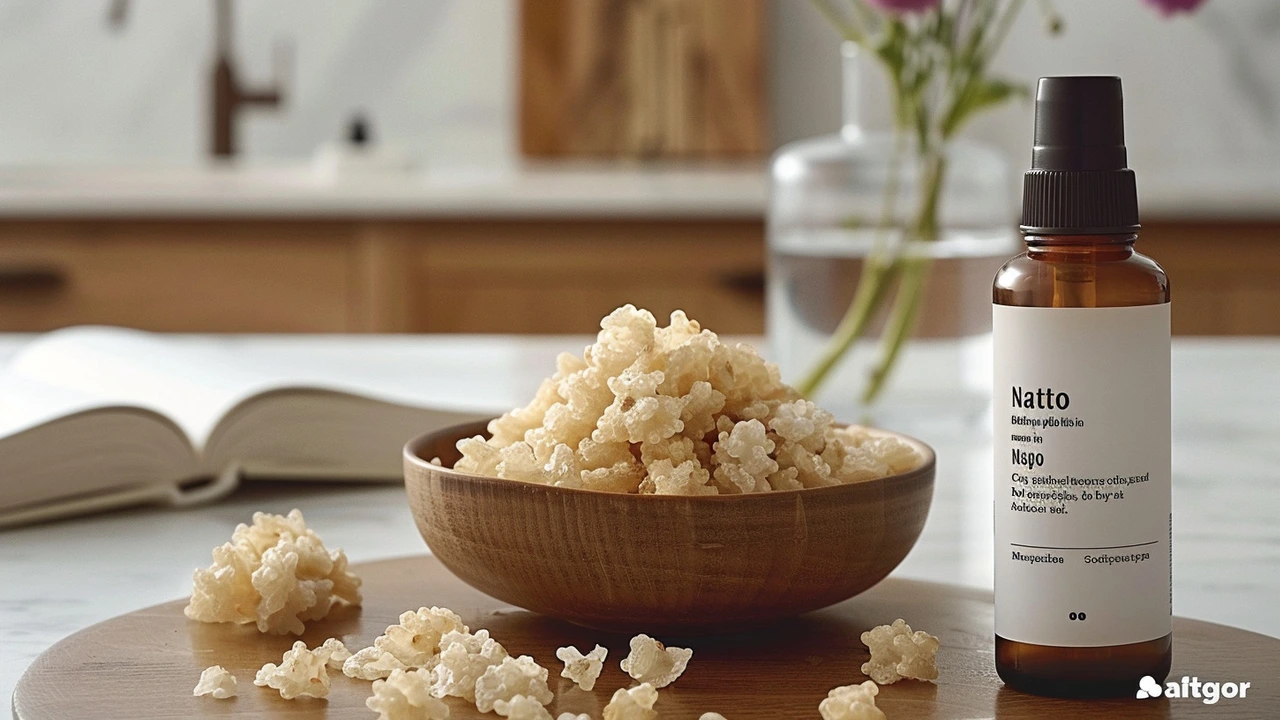Blood Thinner Guide: Essential Info on Uses, Risks & Tips
If you or someone you know has been prescribed a blood thinner, you probably have questions. What does the drug actually do? How long should you stay on it? And what everyday habits could mess with its effectiveness? Below is a plain‑talk rundown that answers those basics and helps you stay safe.
What Blood Thinners Are and How They Work
Blood thinners, also called anticoagulants, don’t literally thin your blood. Instead, they stop clotting factors from forming the kind of clots that can block arteries or veins. The two big families are warfarin‑type (like Coumadin) and direct oral anticoagulants (DOACs) such as apixaban, rivaroxaban, or dabigatran. Warfarin has been around for decades and needs regular blood tests (INR) to keep the dose right. DOACs are newer, have fixed dosing, and usually don’t need routine labs.
Common Reasons Doctors Prescribe Blood Thinners
Typical situations include atrial fibrillation (irregular heart rhythm), deep‑vein thrombosis (DVT), pulmonary embolism (PE), and after certain surgeries like hip replacement. If you’ve had a stroke caused by a clot, a blood thinner can lower the risk of another one. The tag page on EvroPharmacy also features articles about warfarin interactions with diabetes and tips for balancing blood sugar and INR – useful reads if you fall into those categories.
Because blood thinners affect clotting, they come with a trade‑off: a higher chance of bleeding. That’s why safety tips matter.
Safety Tips You Can Use Right Now
1. Watch Your Vitamin K – Vitamin K helps blood clot, so eating a lot of leafy greens (spinach, kale) can lower warfarin’s effect. You don’t have to quit them, but try to keep your intake steady day‑to‑day.
2. Keep a Medication List – Many over‑the‑counter drugs and supplements interact with anticoagulants. Ibuprofen, aspirin, certain herbal extracts, and even some antibiotics can raise bleed risk. Jot down everything you take and share it with your doctor.
3. Follow Lab Instructions (if on warfarin) – For warfarin, the INR test tells you how thin your blood is. Stay within your doctor’s target range; too low means clots, too high means bleeding.
4. Report Unusual Bleeding – Nosebleeds, bleeding gums, blood in urine or stools, or a bruise that grows larger should prompt a call to your healthcare provider.
5. Plan Ahead for Procedures – If you need a dental cleaning or surgery, let the dentist or surgeon know you’re on a blood thinner. They may pause the medication briefly.
How to Manage Everyday Life While on a Blood Thinner
Most people lead normal lives with a blood thinner. You can still exercise, travel, and enjoy meals – just keep the above tips in mind. For example, if you’re planning a hiking trip, pack a basic first‑aid kit and avoid activities with a high risk of blows to the head.
When it comes to diet, aim for balance. A typical day might include a protein source, a moderate portion of veggies, and a fruit snack. If you love smoothies, add a banana or berries but keep the spinach amount consistent.
Alcohol can boost bleed risk, especially with warfarin. A small glass now and then usually isn’t a problem, but talk with your doctor about safe limits.
Finally, stay informed. EvroPharmacy’s tag page offers related reads like "Warfarin and Type 2 Diabetes: Navigating Complex Drug Interactions" and "How to Balance Blood Sugar and INR" – both are great if you have diabetes and are on a blood thinner.
Bottom line: blood thinners are powerful tools that keep dangerous clots at bay. By tracking your diet, medicines, and symptoms, you can enjoy the benefits while minimizing risks. Keep these tips handy, stay in touch with your healthcare team, and you’ll navigate life on a blood thinner with confidence.
Nattokinase: Discover the Natural Blood Thinner
Nattokinase is a natural enzyme found in a traditional Japanese food called natto. It has been shown to have blood-thinning properties, making it an appealing natural alternative for improving heart health. The article explores how nattokinase works, its benefits, potential side effects, and ways to incorporate it into your diet.
Learn more...